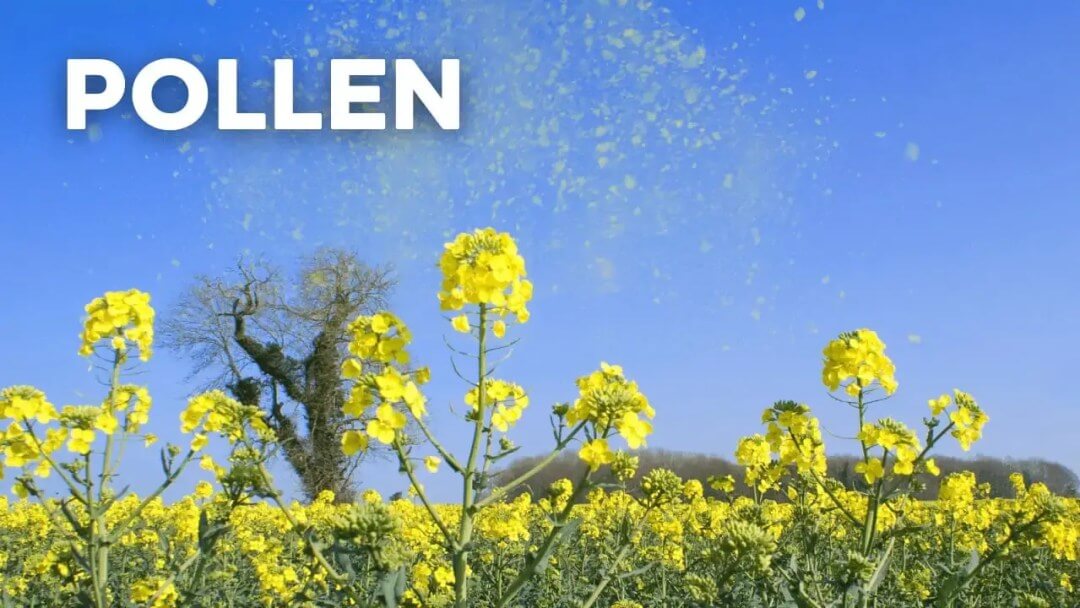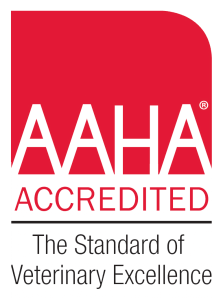

What is an allergy?
An allergy is a state of over-reactivity or hypersensitivity of the immune system to a particular substance called an allergen. Most allergens are . When it comes to animal allergies, the initial exposure of the animal or, more likely multiple exposures, to the allergen may over-sensitize the, such that subsequent exposure to the same or related allergen causes an over-reaction. This means that the immune response which normally protects the dog against infection and disease can actually be harmful to the body.
Immune System and Animal Allergies
The immune reactions involved in allergies are quite complex. Most reactions involve an antibody in the blood called
In an allergic reaction, the allergen protein molecules combine with IgE antibody molecules and attach to a type of cell called , found in many tissues throughout the body. When these cells are attached to the allergen, they break up and release potent chemicals such as that cause local inflammation (redness, swelling, and itching). This inflammation causes various signs associated with an allergic reaction.
What are the Symptoms of Allergies in Dogs?
The most common symptom associated with animal allergies is itching of the skin, either localized (in one area) or generalized (all over the body). Another group of symptoms involves the respiratory system with coughing, sneezing, or wheezing. Sometimes, there may be runny discharge from the eyes or nose. The third manifestation involves the digestive system resulting in vomiting and diarrhea.

How Common are Allergies in Dogs?
Unfortunately, allergies are pretty common in dogs of all breeds and backgrounds. Most allergies appear after the pet is six months of age, with most affected dogs over age two.
Are Animal Allergies inherited?
Some allergies are inherited. The inherited trait is known as Atopy (see What is Inhalant Allergy or Atopy below).
What are the Common allergy-causing Substances (allergens)?
A vast number of substances can act as allergens. Most are insect, plant, or , but small chemical molecules known as haptens can also cause allergy. Examples of common allergens are pollens, mold spores, dust mites, shed skin cells (similar to “pet allergies” in humans), insect proteins such as flea saliva, and some medications.

What are the Different Types of Allergies?
There are several ways of classifying animal allergies. Some examples of classifications include:
– – Flea Allergy
– Route the allergen takes into the body – , or Food Allergy
– Time it takes for the immune reaction – Immediate-type Hypersensitivity, also called Anaphylaxis or Shock and Delayed-type Hypersensitivity
– Type of immune reaction – Types I through IV Hypersensitivity
– Clinical Signs – Allergic Dermatitis or Allergic Bronchitis
– Inherited forms – Atopy or Seasonal Allergies
What is a Contact Allergy?
A contact allergy is the least common type of allergy in dogs. It results from direct contact with allergens in flea collars, chemicals in the lawn, the grasses themselves, or bedding, such as pyrethrins or wool. If the dog is allergic to these substances, there will be skin irritation and itching at contact points, usually the feet and stomach. Removal of the allergen (once it can be identified) often solves the problem.

What is Flea or Insect Bite Allergy, and how is it treated?
is the exaggerated inflammatory response to a flea bite or other biting insect. Flea saliva is the most common allergen. It is a common allergy of dogs, although only a minority of dogs become allergic. Most dogs experience minor irritation from flea bites. The flea allergic dog will react to a single bite with severe local itching. They will bite and scratch themselves and may remove large amounts of hair, especially in the tail-base region. Secondary bacterial infection may occur in the broken skin. The area most commonly involved is over the rump in the tail-base region and the hind limbs.
Strict Flea Control is Essential
Because one flea can be a problem for the allergic dog, strict flea control is essential. This is difficult considering the life-cycle of fleas, but with modern medications and home treatment options, you should be able to provide a flea-bite-free environment for your dog.
Your veterinarian can give you tips on protecting your dog from fleas. When strict flea control is not possible or in cases of severe itching, anti-histamines or corticosteroids (steroids) can be used, under careful veterinary guidance, to block the allergic reaction and give relief. If a secondary bacterial infection is present, appropriate antibiotics will be prescribed.
What is Inhalant Allergy (Atopy), and how is it treated?
Although and bronchitis might be regarded as the result of inhaled allergens, the term “Inhalant Allergy” in the dog is used as a synonym for Atopy. The main causative inhaled allergens are tree pollens (cedar, ash, oak, etc.), grass pollens, weed pollens (ragweed, goldenrods, etc.), molds, mildew, and house dust mites. Many of these animal allergies occur seasonally (such as ragweed, cedar, and grass pollens). However, others such as molds, mildew, and house dust mites are year-round.
When humans inhale these allergens, the allergy manifests mainly with respiratory signs – runny eyes, runny nose, and sneezing (“hay fever”). But in dogs, the result is itchy skin (pruritis). Due to these clinical signs, the condition is also called “Inhalant Allergic Dermatitis.” The dog may rub their face, lick their feet and scratch the underarms or groin.
Most dogs that have inhalant allergies start showing signs between one and three years of age. Affected dogs will often react to several allergens. If the offending allergens can be identified by or IgE allergy tests, the dog should be protected from exposure to them as much as possible. This can be very difficult; therefore, recurrent bouts are likely. These allergies can be treated, but a permanent cure is not usually possible.
Animal Allergies Best Treatment Protocols
Treatment depends mainly on the length of the dog’s allergy season. It involves three approaches:
– Anti-inflammatory. Treatment with anti-inflammatory drugs such as corticosteroids, or antihistamines, will quickly block the allergic reaction in most cases. Fatty acid supplementation of the diet can improve the response to steroids and antihistamines in some cases. Newer drugs such as oral cyclosporine may hold promise for severely atopic dogs.
– Shampoo therapy. Frequent bathing with a hypoallergenic shampoo can be soothing and helpful. The bathing may also rinse out allergens in the coat that could be absorbed through the skin. Some therapeutic shampoos contain anti-inflammatory ingredients that may further benefit your pet.
– Hyposensitization therapy. This is done with specific antigen injections or “allergy shots.” Once the specific sources of allergy are identified by allergy testing, minimal amounts of the antigen are injected weekly. This repeated dosing has the objective of reprogramming or desensitizing the immune system. Approximately fifty percent of treated dogs will see significant improvement in their clinical signs, while about twenty-five percent more will see a decrease in the amount or frequency or corticosteroid usage.
What is a Food Allergy, and how is it treated?
A food allergy can develop into almost any protein or carbohydrate component of food. It most commonly develops in response to the food’s protein of a particular origin; beef, pork, chicken, and turkey are commonly associated with food allergies.
Food allergies can develop at almost any age. Affected animals may show any of the clinical signs previously discussed, including itching, digestive disorders, and respiratory distress. Food allergies may also occur with other allergies, such as Atopy. This type of allergy does not respond well to corticosteroids or other medical treatments. Treatment requires identifying the offending component(s) of the diet and eliminating them. Testing for specific food allergies involves IgE allergy testing and or a hypoallergenic diet trial. Because it takes at least eight weeks for all other food products to be removed from the body, the dog must eat the special diet exclusively for eight to twelve weeks.

Eight Week Diet is Essential for Accurate Results
If a positive response and improvement of your pet’s clinical signs occur, your veterinarian will advise you on how to proceed. It must be emphasized that it will not be a valid test if the diet is not fed exclusively. All table food treats or supplements must be discontinued during the testing period. There may be problems with certain types of chewable tablets, such as heartworm preventative. Your veterinarian will discuss this with you.
The manifestations of animal allergies can be confused with other disorders or occur concurrently with them. Therefore, do not attempt to diagnose your dog without professional assistance. Be prepared for your pet to receive a complete diagnostic evaluation by your veterinarian. If an allergy is diagnosed and identified, the whole family must follow your veterinarian’s advice very closely if success in controlling the problem is to be achieved.
About Brook-Falls
Brook-Falls Veterinary Hospital and Exotic Care is dedicated to providing quality care to all companion pets and exotic animals. Brook-Falls is a Menomonee Falls, WI-based full-service veterinary hospital with an extensive range of comprehensive medical, dental, diagnostic, and surgical services to meet the varying needs of all patients. Brook-Falls Veterinary also offers informational and educational media and seminars for pet owners by way of blogs, digital TV series (Expert Veterinary Television), e-books, whitepapers, infographics, and more.
For more information, contact Brook-Falls Veterinary Hospital & Exotic Care, Inc.


